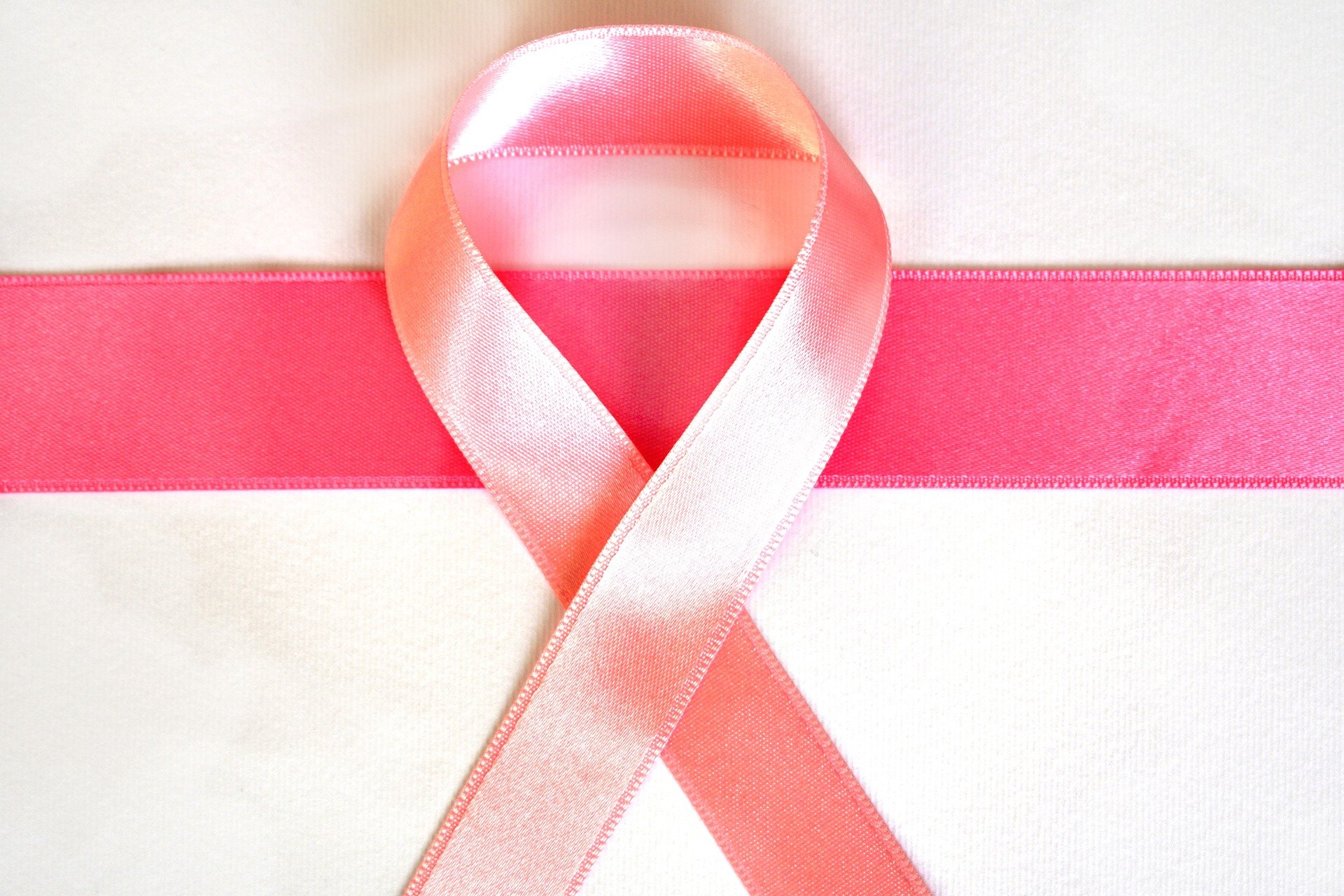Breast cancer death rates declined almost 40 percent between 1989 and 2015, averting 322,600 deaths, the American Cancer Society reported Tuesday.
Breast cancer death rates increased by 0.4 percent per year from 1975 to 1989, according to the study. After that, mortality rates decreased rapidly, for a 39 percent drop overall through 2015. The report, the latest to document a long-term reduction in breast-cancer mortality, attributed the declines to both improvements in treatments and to early detection by mammography.
Deanna Attai, a breast cancer surgeon at the University of California at Los Angeles who was not involved in the study, said the advances in treatment included much better chemotherapy regimens — developed in the 1980s and refined ever since — that are administered post-surgery to reduce the risk of recurrence. Other improvements have included tamoxifen, an anti-estrogen agent that was approved in the late 1970s; Herceptin, a drug used to treat tumors with a higher-than-normal level of a protein called HER2 and drugs called aromatase inhibitors.
More recently, more sophisticated targeted treatments are being used to treat cancer that has spread beyond the breast.
Even with the gains, however, the toll of the disease remains high. Breast cancer is the most common cancer diagnosed in U.S. women and the second-leading cause of cancer death after lung cancer. About 252,000 new cases of breast cancer are expected to be diagnosed in the United States this year, and more than 40,600 women are expected to die of the disease. A woman in the United States has a 12.4 percent, or 1 in 8, lifetime risk of being diagnosed with breast cancer.
Between 2006 and 2015, the study found, death rates decreased for all racial and ethnic groups tracked — non-Hispanic whites, non-Hispanic blacks, Asian/Pacific Islanders, Hispanics and American Indians/Alaska Natives. But there were substantial variations in mortality in the different groups.
In 2015, the death rate for black women diagnosed with breast cancer was 39 percent higher than that for white women. While high, that’s actually an improvement; the number was 44 percent higher in 2011. The black-white disparity emerged beginning in the 1980s, underscoring that black women have not shared in the screening and treatment advances that have benefited white women. One reason, the report noted, is that black women didn’t benefit as much from the development of tamoxifen because they are less likely to have the kind of breast cancer, called estrogen-receptor positive, that is treated with the drug.
In seven states, the report found, the mortality rates for white women and black women in 2015 were the same. But the cancer group was cautious about interpreting those statistics, saying that in some of those states there might be too few cases to draw conclusions. However, researchers said they were confident the improvements in reducing or eliminating the racial disparity were real in at least three states: Connecticut, Delaware and Massachusetts.
“This means that there is light at the end of the tunnel,” said Carol DeSantis, director of breast and gynecological cancer surveillance research for the cancer society and the lead author of the study. “Some states are showing that they can close the gap.”
Still, the remaining black-white disparity “is not acceptable,” said Lee Schwartzberg, a medical oncologist at West Cancer Center in Germantown, Tenn. He said the gap reflects complicated social, economic and biological factors that are not yet fully understood, including insurance and employment status. In addition, black women are twice as likely as white women to develop so-called triple-negative breast cancer, which can be harder to treat, the report noted.
“We have patients who get diagnosed with cancer and have difficulty making their appointments, like radiation every day for four or five weeks” because they can’t take off from work, Schwartzberg said.
The “excess death rate” — the difference between the death rates of black and white women — ranged from 20 percent in Nevada to 66 percent in Louisiana, the study found.
Eighty-one percent of breast cancers are diagnosed among women ages 50 years and older, the study found, and 89 percent of breast-cancer deaths occur in that age group. The median age at diagnosis for women overall is 62.
The findings were published in CA: A Cancer Journal for Clinicians and its companion consumer publication Breast Cancer Facts & Figures. The reports are published every two years and cover the latest trends in breast cancer rates, deaths, survival and screening, by race and ethnicity.

